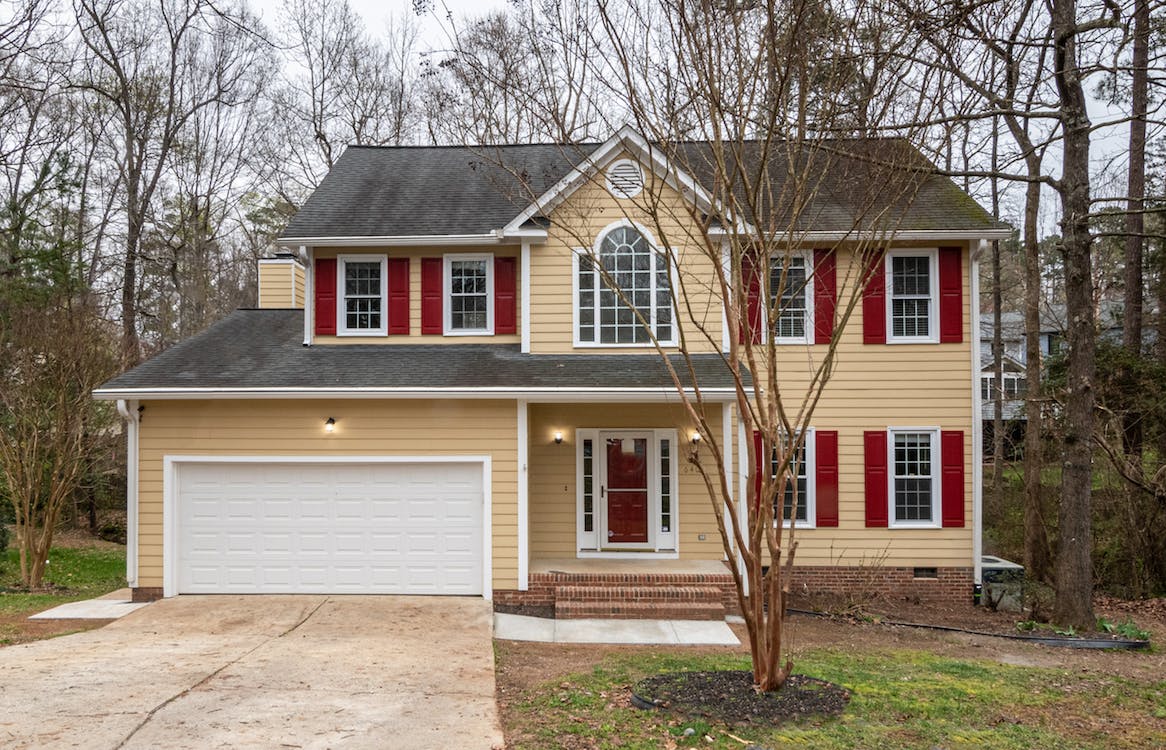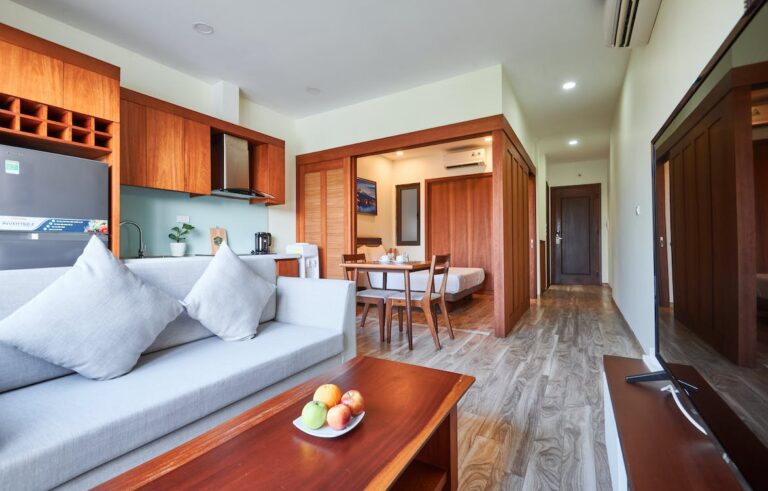When it comes to purchasing a property, understanding the differences in insurance needs between West Plains condos and single-family homes is crucial. While both offer unique advantages, the insurance coverage required for each type of property varies significantly. Let’s delve into the key distinctions to ensure you make an informed decision and adequately protect your investment.
Condos, known for their shared spaces and amenities, have distinct insurance requirements that differ from those of single-family homes. As a condo owner, you are responsible for insuring your unit’s contents and improvements, also known as the “walls-in”coverage. However, the exterior and common areas, such as hallways, elevators, and swimming pools, are typically insured by the condominium association through a master policy. This master policy is funded by condo fees paid by all unit owners.
It is crucial to understand the type of master policy your condo association has in place. There are two main types: “all-in”and “bare walls.”An “all-in”master policy covers fixtures, installations, and improvements made within individual units, while a “bare walls”policy only covers the building’s structure and common areas. Depending on the type of master policy, your individual insurance needs may vary significantly.
For condo owners, a crucial component of insurance coverage is known as “loss assessment coverage.”This type of insurance protects you in the event of a significant loss or damage to the common areas that exceeds the limits of the condo association’s master policy. Loss assessment coverage helps cover your share of the expenses incurred by the association to repair or rebuild common areas.
On the other hand, single-family homeowners have more straightforward insurance needs. As the sole owner of the property, you are responsible for insuring not only the structure but also the land it sits on. This coverage includes the home’s physical structure, personal belongings, liability protection, and additional living expenses in case of a disaster or necessary repairs.
When it comes to insurance, single-family homes often require higher coverage limits due to their larger size and the additional structures they may possess, such as garages, sheds, or fences. Additionally, homeowners should consider purchasing liability coverage to protect against potential injuries that may occur on their property.
Another important aspect to consider for both condos and single-family homes is flood insurance. While standard homeowner’s policies typically do not cover flood damage, it is crucial to evaluate whether your property is located in a flood-prone area and obtain the necessary flood insurance from the National Flood Insurance Program (NFIP) or private insurers.
In conclusion, understanding the differences in insurance needs between West Plains condos and single-family homes plays a vital role in protecting your property and investment. Condo owners must ensure they have adequate coverage for their unit’s contents and improvements, as well as loss assessment coverage. Single-family homeowners, on the other hand, require comprehensive coverage for their entire property, including additional structures and potential liability risks. Additionally, both property types must assess the need for flood insurance based on the property’s location. By considering these factors, you can make an informed decision and secure the appropriate insurance coverage for your West Plains property.




